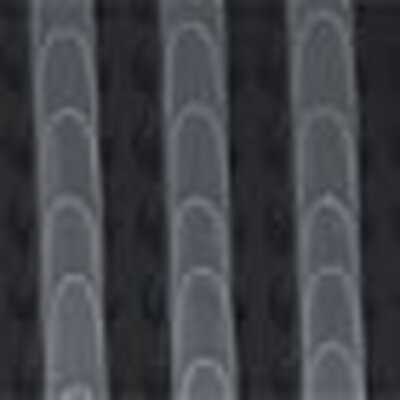

A research team including John Rogers developed a method to chemically etch patterned arrays in the semiconductor gallium arsenide. The journal Nano Letters published this research. UIUC News Bureau article.
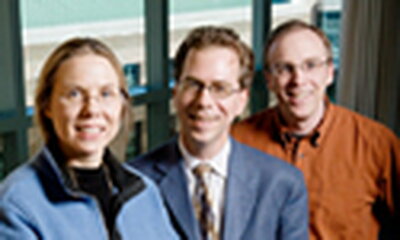
Jeffrey Moore and collaborators have expanded their research in self healing materials to include electronics. This system restores electrical conductivity to cracked circuits in less than a second. Their research results are published in Advanced Materials. UIUC News Bureau article.
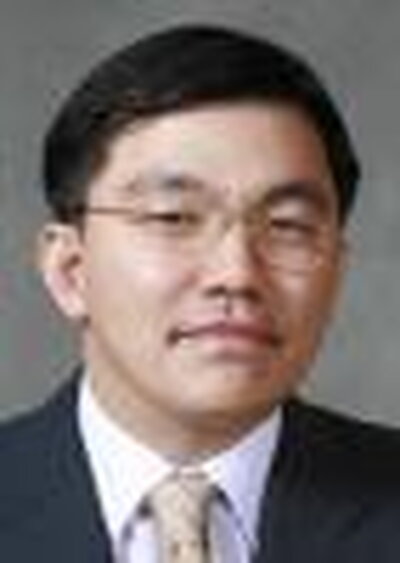
Hyunjoon Kong and fellow researchers have developed a bandage that helps rebuild bone, muscle, or skin through creating vascular networks. Their research will be the cover article of Advanced Materials January issue. UIUC News Bureau article.

An interdisciplinary research team including Richard Masel, CEO of the Dioxide Materials company, has discovered that imperfections in graphene sensors improve their performance. Their results were published in the journal Advanced Materials. Engineering article, Applied Physics Letters abstract.
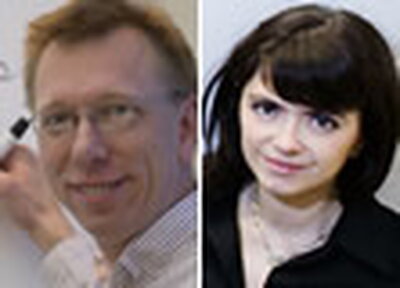
Wilfred van der Donk and M. Christina White were two of eight University of Illinois, UC faculty members elected fellows of the American Association for the Advancement of Science. UIUC News Bureau article.
The American Cancer Society recently presented Brendan Harley with the Presidential Award for Volunteer Contributions to Research.

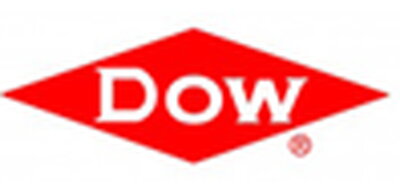
Dow Chemical company has promised more than $13 million to the Department of Chemical & Biomolecular Engineering for support of graduate students, junior faculty and three sponsored research projects. ChBE article.

The University of Illinois' student chapter of the American Institute of Chemical Engineers (AIChE) was recently recognized with the "Outstanding Student Chapter Award" at the 2011 AIChE Annual Student Conference. ChBE article.

Bill Hammack has won the University of Illinois, UC Branding Leadership Award, a campus award for communications and marketing excellence. ChBE article.
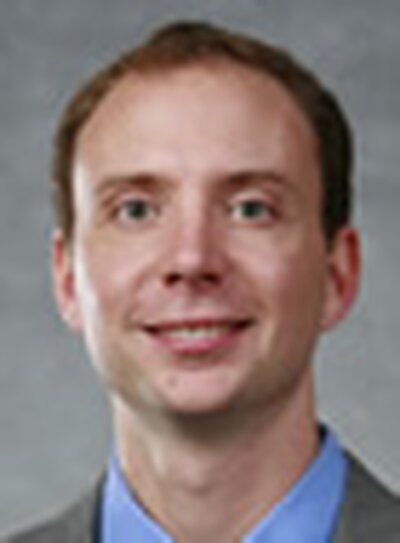
Charles Schroeder is the recipient of a prestigious 2011 Packard Fellowship. He will use the grant to develop a new class of fluorescent probes for super-resolution microscopy to advance the study of bacterial cells, live mammalian cells and intracellular molecular events. UIUC News Burea article.

Innovative Alzheimer's researcher and chemistry alumnus, Grant Krafft is a 2011 LAS Alumni Award Winner. In 1998, he discovered amyloid-derived diffusible ligands (ADDLs) which most scientists now recognize as a causative agent for Alzheimer's. Krafft presently has a company devoted to providing solutions for combating the disease. He received his PhD in 1980 with John Katzenellenbogen. LAS News article.
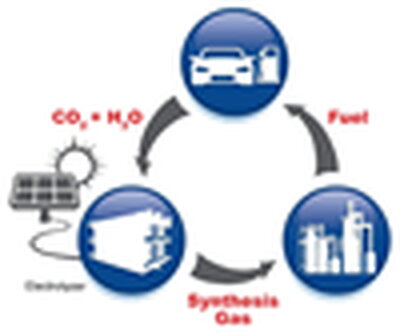
Paul Kenis' research group and Richard Masel's start up company, Dioxide Materials, are collaborating in finding ways to remove CO2 from the atmosphere to produce simple carbon fuels that can be refined to make ethanol and other fuels. Artificial photosynthesis powered by solar or wind power does not compete with food production and biomass transportation is eliminated. UIUC News Bureau article, Motor Trend article.
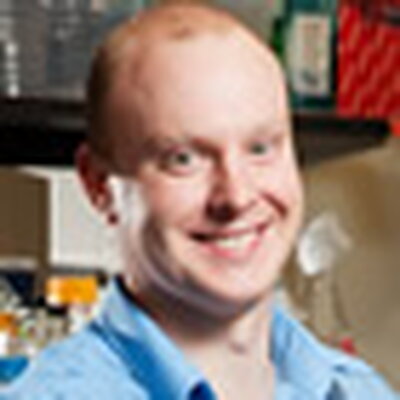
Douglas Mitchell is the recipient of a 2011 National Institutes of Health Director's Award of $1.5 million dollars over five years. They are given to young investigators who have proposed exceptionally creative research ideas that have the potential to produce important medical advances. UIUC News Bureau article.
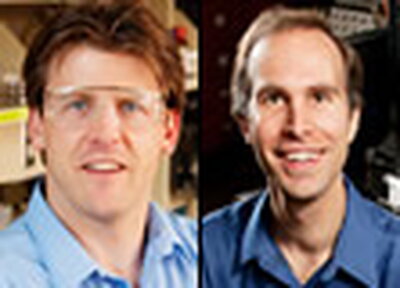
The research excellence of Paul Kenis and Benjamin McCall has been recognized through their being named University Scholars. UIUC News Bureau article.
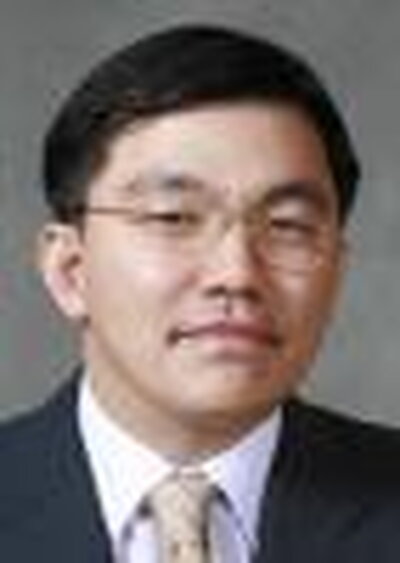
Hyunjoon Kong was the inaugural winner of the 2011 Korean Institute for Chemical Engineers President Young Investigator Award. This award was established to recognize the most promising untenured Korean research faculty member at an academic institution in the United States.

Bill Hammack's playful video showing how a photocopier works won the grand prize in Scientific American’s Inaugural Science Online Film Festival. Scientific American interview.
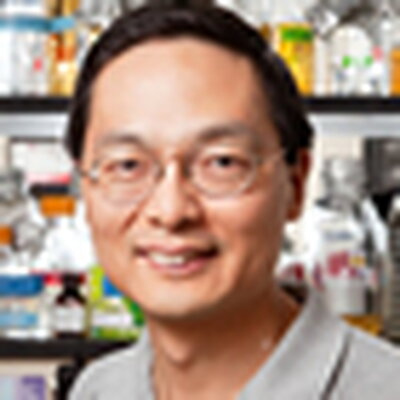
Using part of the human estrogen receptor, Huimin Zhao and fellow researchers have developed fluorescent sensors that can quickly determine whether a food, drug or chemical substance interacts with estrogen receptors in human cells. Their study appears in the journal Biotechnology and Bioengineering. UIUC News Bureau article.

Kenneth Schweizer and graduate student Daniel Sussman have developed a new theory explaining why entangled polymer liquids are constrained to a tube-like region of space and how they respond to applied forces. Their research, published in Physical Review Letters opens up a new field of study. UIUC News Bureau article.
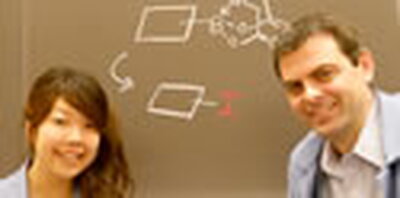
Martin Burke's research group has greatly improved on their iterative cross-coupling (ICC) synthesis technique, enabling them to synthesize molecules more efficiently and in greater variety. A new class of molecular building blocks can be utilized using the team's brand-new technique of reverse-polarity ICC. Their research is featured on the cover of Angewandte Chemie. UIUC News Bureau article.
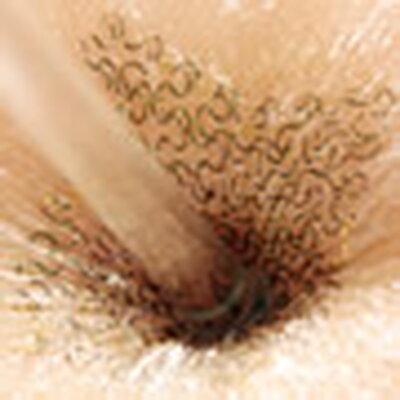
John Rogers and fellow researchers have developed devices that include sensors, LEDs, transistors, radio frequency capacitors, wireless antennas, and conductive coils and solar cells that can be applied to an individual's skin. Understanding brain function in the natural environment and human-computer interfacing are just two possible applications. Their research was published in Science. UIUC News Bureau article, NPR program, WTTW Chicago Tonight video, 2011 Science News of the Year, RSC Chemistry World (monitoring Nascar driver, Paulie Harraka).
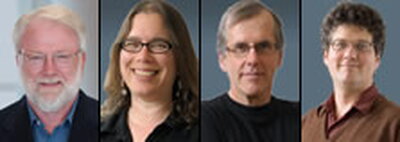
Thom Dunning, Catherine Murphy, Ralph Nuzzo and Jonathan Sweedler were among 213 distinguished scientists elected fellows of the American Chemical Society this year. UIUC News Bureau article.
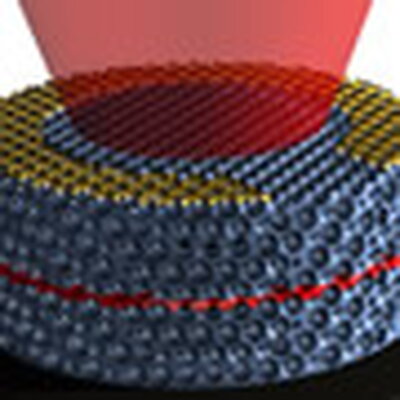
Paul Braun and collaborators have developed a 3-D photonic crystal that is both electronically and optically active. They can turn electricity to light or vice versa, potentially leading to advances in solar cells, lasers, and metamaterials. Their research was published in Nature Materials. UIUC News Bureau article.
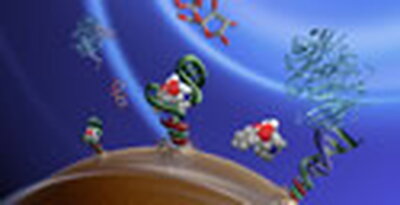
Yi Lu and his postdoc Yu Xiang used functional DNA sensors in conjunction with an inexpensive glucose monitor to detect substances other than glucose. This innovation could lead the way to quick, easy, portable detection of drugs, toxins, and disease markers in a solution. Their research was published in Nature Chemistry. UIUC News Bureau article.
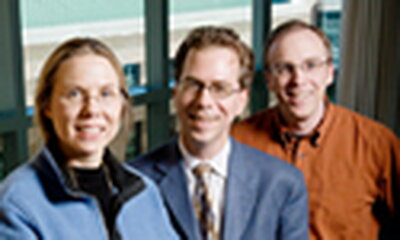
Jeff Moore and co-researchers have developed fiber-reinforced composites with tiny channels for liquid or gas transport. Some of the fibers are specially treated so that they degrade at high temperatures leaving channels behind in the unaffected material. Their paper outlining this method is published in the journal Advanced Materials. UIUC News Bureau article.
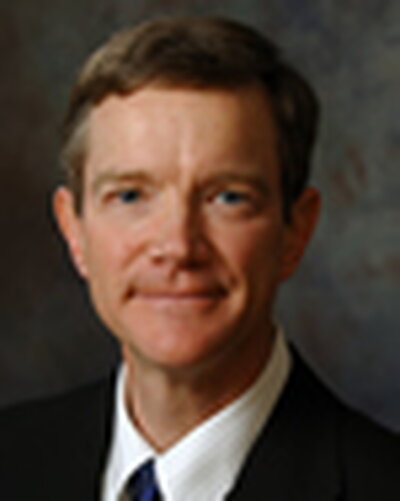
The American Institute of Chemical Engineers (AIChE) honored ChBE department head, Edmund Seebauer, by making him a fellow in the organization. He was cited for his distinctive professional accomplishments and contributions to the field.
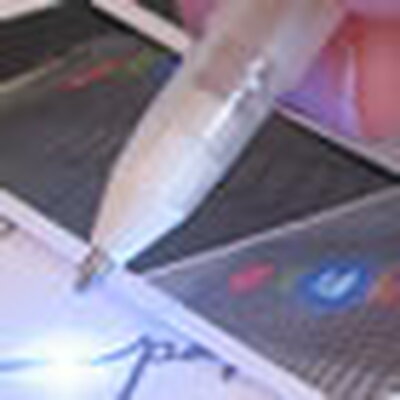
Jennifer Lewis and co-workers have developed pen-based printing that allows the construction of flexible, inexpensive electronic devices on-the-fly. This research was published in Advanced Materials. UIUC News Bureau article, How to Make Conductive Silver Ink video.
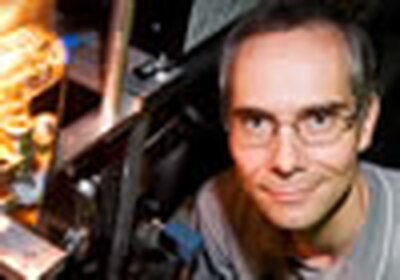
Martin Gruebele's research group and Joseph Lyding's group worked together to determine that amorphous silicon has two-state dynamics (is a glass) until hydrogen is added. Their research was published in the journal Physical Review Letters. UIUC News Bureau article.
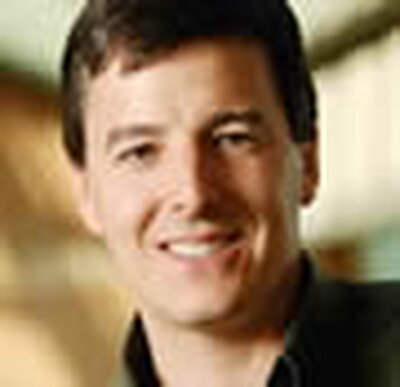
John Rogers is to be awarded the Lemelson-MIT Prize for his development of flexible "biointegrated electronics" and his ability to market said technologies. Bloomberg Businessweek article.
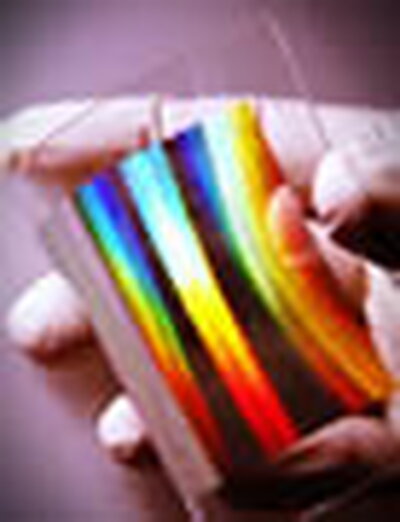
John Rogers has developed a stamp-printing method for producing large pieces of a metamaterial that bend near-infrared light. In the future, this material may be used to make superlenses, night-vision invisibility cloaks, and sophisticated waveguides for telecommunications.
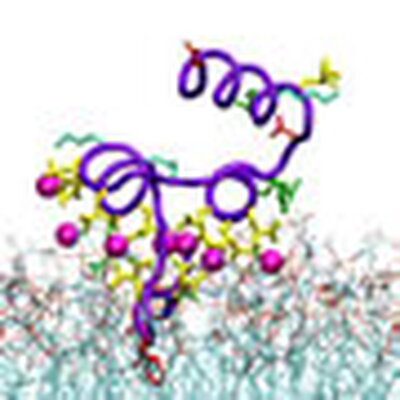
The Chad Rienstra research group, and Taras Pogorelov worked with collaborators from MCB to elucidate the interactions between a blood clotting factor and cell membranes. The research appears online in the Journal of Biological Chemistry. A variety of interdisciplanary tools were used to better understand the clotting mechanism. UIUC News Bureau article.

James Lisy is the recipient of a prestigious Humboldt Research Award from the Alexander von Humboldt Foundations, in recognition of his past achievements in research and teaching. He will conduct collaborative research with colleagues at the Ruhr University in Bochum, Germany. UIUC News Bureau article.
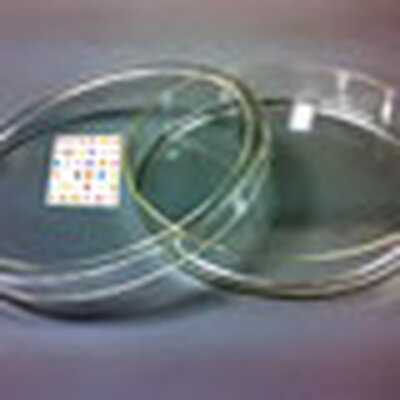
The Suslick group has demonstrated a new use for their artificial nose. Monitoring an array of cross-reactive pigment dots in contact with a culture over time quickly allows the confirmation of bacterial infection and identifies its species and strain, and if it is antibiotic resistant. Their research was published in the Journal of the American Chemical Society. UIUC News Bureau article.
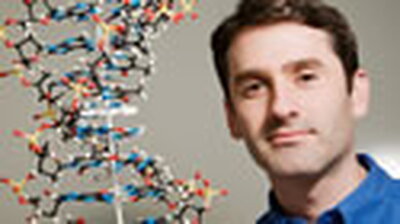
Scott Silverman was awarded this year's Campus Award for Excellence in Guiding Undergraduate Research. UIUC News Bureau article.
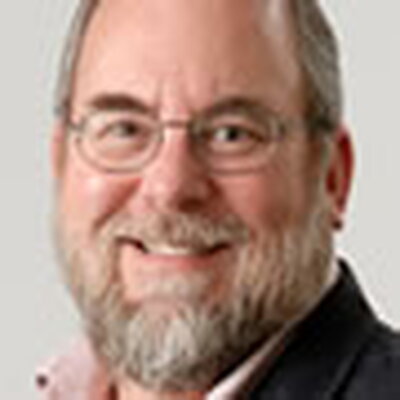
Kenneth Suslick was awarded a Guggenheim Foundation Fellowship to further his research in optoelectronic devices. He will collaborate with the Cleveland Clinic and the Stanford Medical Center to develop biomedical applications of the optoelectronic nose. UIUC News Bureau article.

Wilfred van der Donk has been elected a fellow of the American Academy of Microbiology. He is among 78 researchers chosen by their peers for significant contributions to their field. He studies enzyme functions in bacteria to discover and design new anti-inflammatory agents and antibiotics. UIUC News Bureau article.
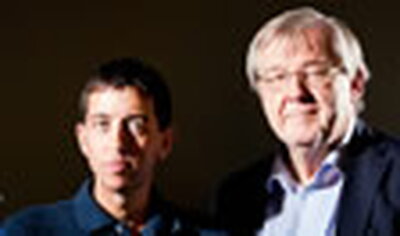
Klaus Schulten and collaborators combined experimental and computational approaches to discern how ribosomes insert growing proteins into cellular membranes. The two studies are published in the journals Nature Structural and Molecular Biology and the Proceedings of the National Academy of Sciences. UIUC News Bureau article.
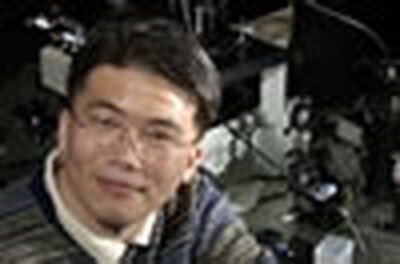
Taekjip Ha was awarded the 2011 Ho-Am Prize in Science by the Ho-Am Foundation of Korea. Ha was recognized for his pioneering application of fluorescence resonance energy transfer techniques to reveal the behavior and physical characteristics of single biomolecules. Dept. of Physics article.
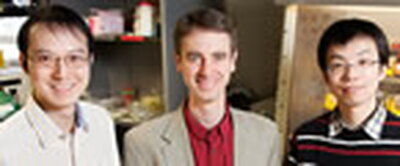
Paul Braun's research group developed a three-dimensional nanostructure for battery cathodes that allows for dramatically faster charging and discharging without sacrificing energy storage capacity. Their research may lead to increased functionality of batteries for various devices, including electric vehicles. UIUC News Bureau article.
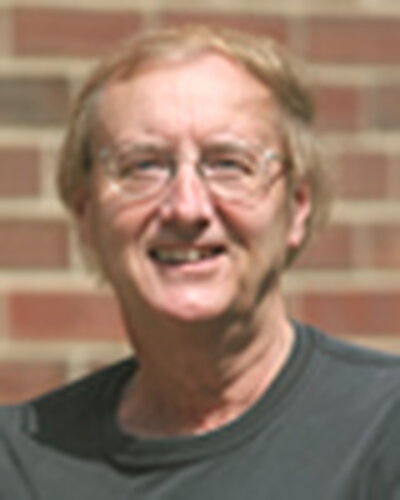
Eric Oldfield has been awarded the Biophysical Society's 2011 Avanti Award in Lipids for his pioneering research using NMR methods to investigate lipid membrane structure and for his work in drug discovery, targeting lipid biosynthesis.
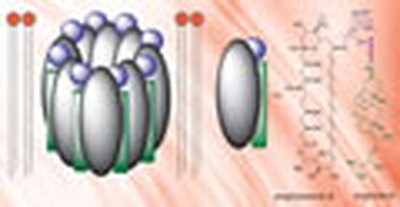
Martin Burke's research group has determined the molecular action for the powerful antifungal abilities of amphotericin B. Their research could lead to less toxic antifungal compounds being developed and possible treatments for diseases like cystic fibrosis where there is ion channel dysfunction. RSC Chemistry World article.
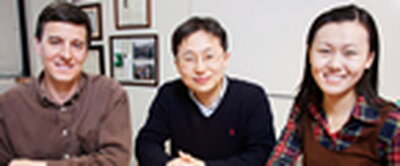
John Rogers and collaborators have developed flexible electronics for use as heart catheters to make cardiac ablation therapy simpler and less invasive. This device will provide greater precision enhancing the safety and effectiveness of ablation catheters. UIUC News Bureau article.
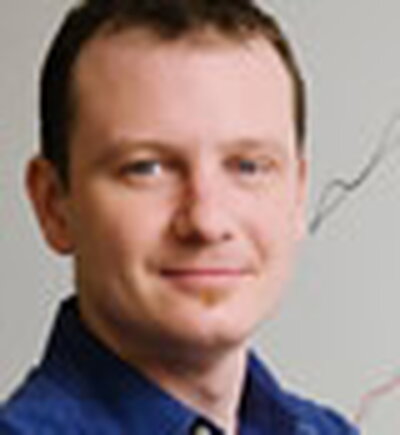
Ryan Bailey was selected to receive a 2011 Sloan Research Fellowship for his bioanalytical and biomaterials chemistry research. His group is developing chip-integrated arrays of photonic sensors to detect signatures of diseases at their earliest stages. This fellowship is given to young researchers to advance potential groundbreaking work. UIUC News Bureau article.
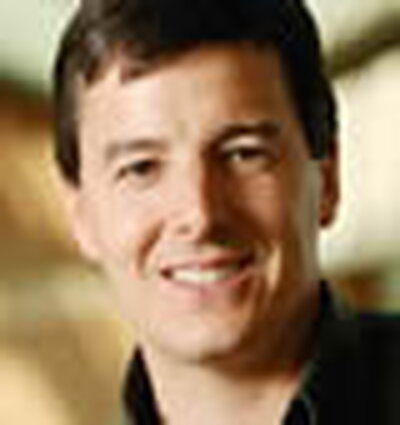
John Rogers joined an elite group upon his election to the National Academy of Engineering. He was cited for his novel electronic and optoelectronic devices and systems. He is renowned for his work in flexible electronics. UIUC News Bureau article.
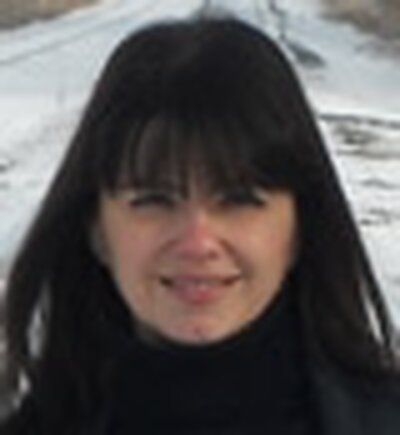
Researchers have discovered that a small-molecule iron catalyst has unusual reactivity previously seen only in nature. The study was carried out by Christina White and graduate students Marinus A. Bigi and Sean A. Reed. Their research was published in Nature Chemistry, Jan. 23.
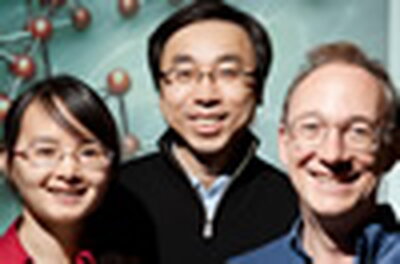
Members of Steve Granick's research group have developed tiny, simple spheres that self-assemble into intricate structures, such as a lattice that could function as a filter. Their research may be found in the January 20 issue of Nature. UIUC News Bureau article.
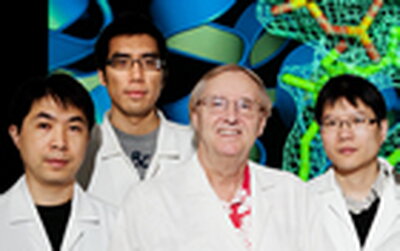
Eric Oldfield and collaborators have determined the structure and mechanism of dehydrosqualene synthase (CrtM), an enzyme that is crucial in cholesterol formation and the production of staphyloxanthin, a coating that Staphyloccus aureus uses for protection. UIUC News Bureau article.
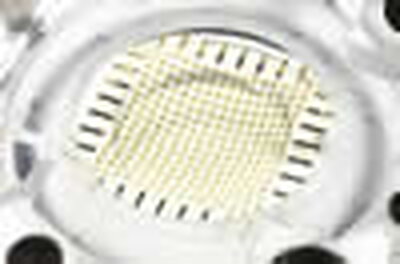
John Rogers' research group and colleagues from Northwestern have designed a curvilinear camera, similar to the human eye, but also able to zoom in. A flexible substrate allows the photodetectors to change shape as magnification is increased. Their research is published in the January 17 Proceedings of the National Academy of Sciences. US News & World Report.
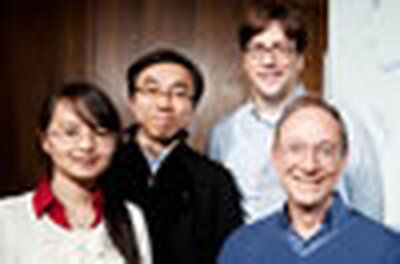
Steve Granick and colleagues have developed tiny latex spheres, "Janus spheres" that can grow into supracolloids in much the same way atoms and molecules do. Their research is published in the January 14 issue of the journal Science. UIUC News Bureau article.
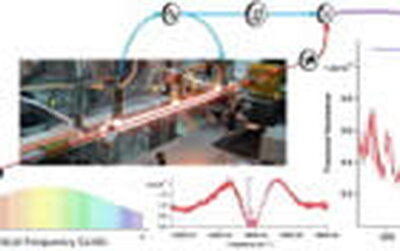
Benjamin McCall's research group has an article featured on the Dec. 11th cover of Chemical Physics Letters. They utilized velocity modulation spectroscopy combined with an optical cavity to measure transitions from the molecular ion N2+. Their work has increased the level of accuracy of molecular ion spectroscopy enormously.

A new posttranslational modification generating S-linked glycopeptides is reported by Wilfred van der Donk and co-workers in Nat. Chem. Biol. A glucose is attached to cysteine by an unusual glycosyl transferase.